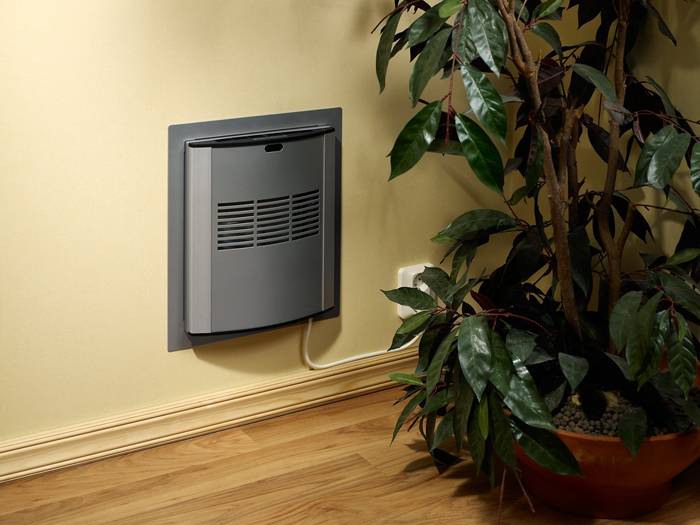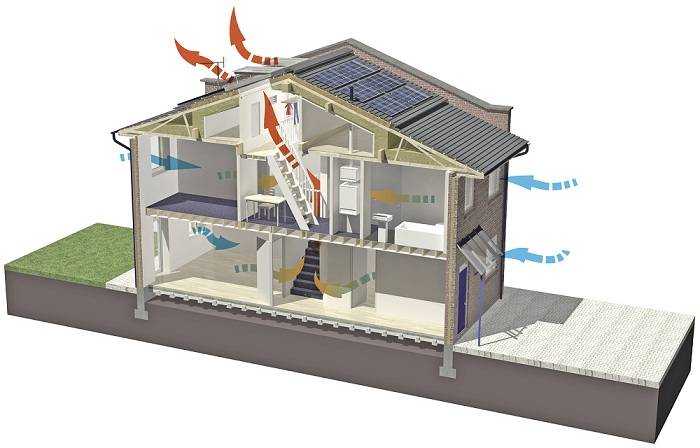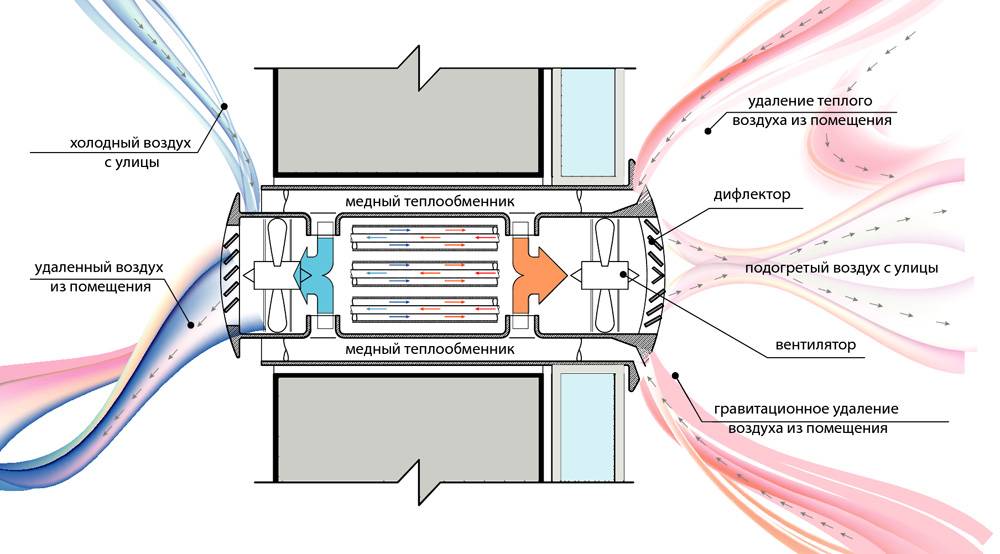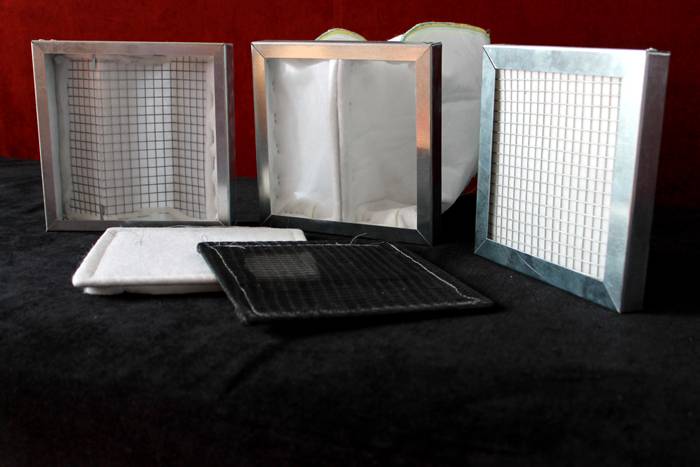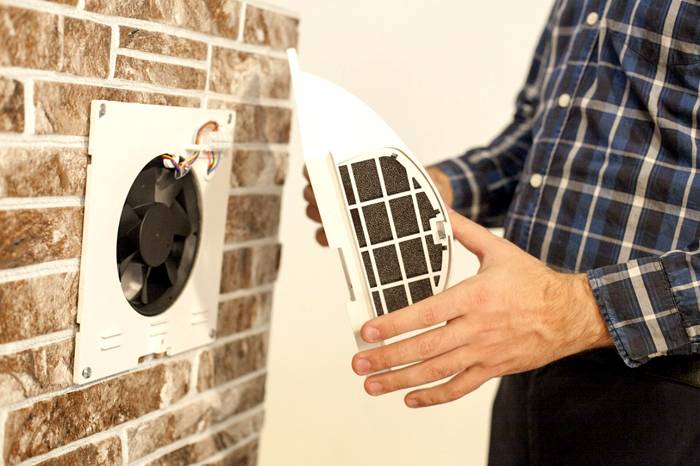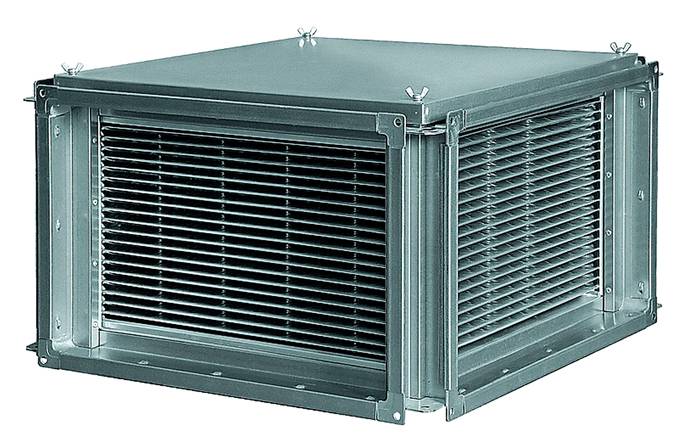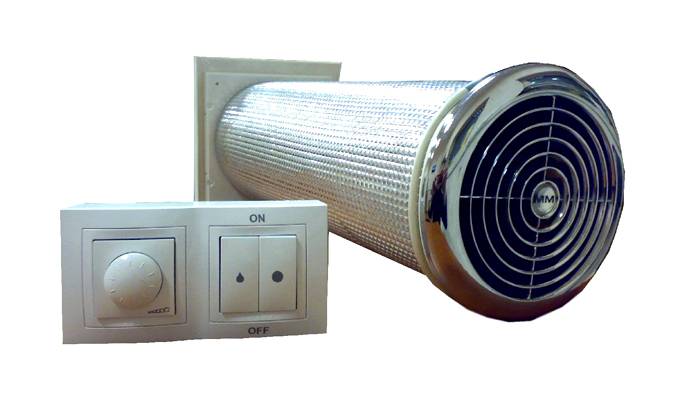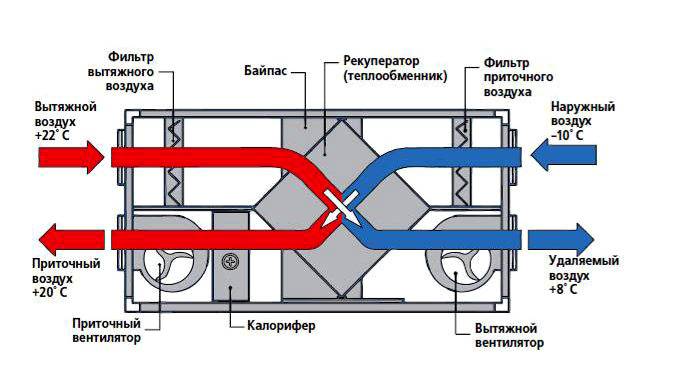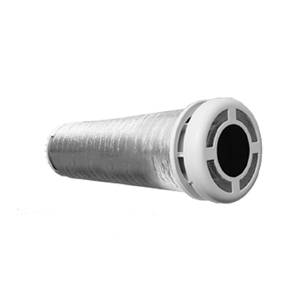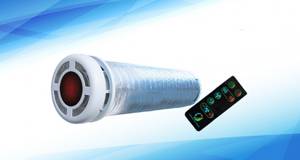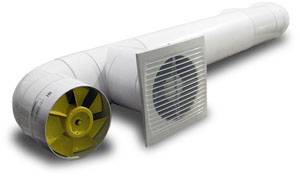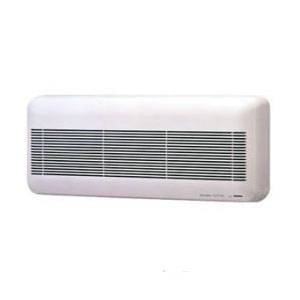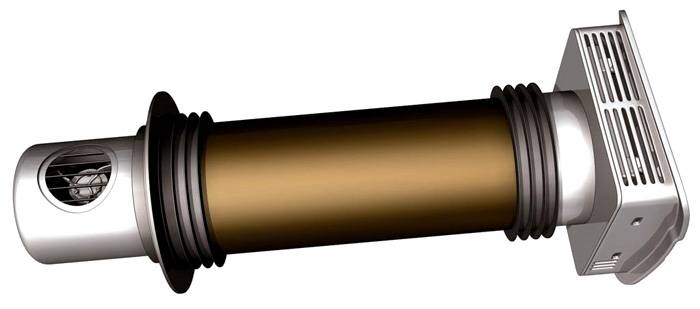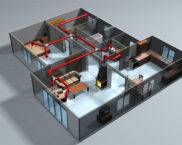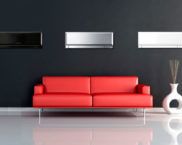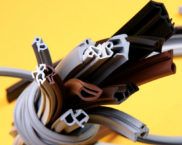Recuperator for a private house: principles of operation, installation basics and DIY manufacturing
The European neighbors have had the concept of “recuperator” for a long time. The zealous Germans and solid Englishmen have long and successfully used this simple device for economical consumption of thermal energy in their homes. Why do you need a recuperator for a private house? What is the principle of its operation? How much does the finished device cost? Is it possible to make and install such a device with your own hands? The answer to these and other questions about the recuperator is in this material.
The content of the article [Hide]
- 1 Air recuperator for home: purpose and principle of operation
- 2 Recuperator: what is it?
- 3 Recuperator for a private house: types and selection criteria
- 4 Making an air recuperator for home with your own hands
- 5 Video: example of recuperator assembly
- 6 The best household recuperators
- 7 Recommendations for choosing an air exchanger
- 8 Outcome
Air recuperator for home: purpose and principle of operation
Air recovery can solve two problems at once:
Frame houses, the use of plastic windows and doors, and modern finishing methods make the premises more and more airtight. On the one hand, this is not bad, there are no drafts and no heat loss in the house. On the other hand, mold can develop in a sealed room, and the lack of fresh air inflow provokes the multiplication of pathogenic microbes and bacteria.
In which rooms an air exchanger is especially needed:

Good ventilation is needed in the kitchen - a place with a high concentration of food vapors and aromas
Recuperator: what is it?
The term "recuperation" refers to reverse movement. In the device of the same name, air exchange takes place between the room and the street. The heated air masses, passing through the device, partially warm up the incoming flow.This is not a simple airing of a room with a window, when all the heat is irretrievably lost. Recovery - the way ventilation with economical heat consumption.
A heat exchanger is built into the device, which stores the room heat and gives it to the incoming air.Ventilation with heat recovery is primarily beneficial for owners of private cottages with an individual heating system. They incur costs for each kilowatt of thermal energy, so they can really feel the savings from using this device.
A recuperator for an apartment may not be so relevant in terms of savings. But there is another benefit from using this device: it effectively cleans the air coming from the street from harmful urban impurities and allergens.
The air exchange device consists of two chambers. Moving through these chambers, the air currents do not mix.
Such a device can save up to seventy percent of the heat, returning it to the room.
The installation of a ventilation system with a recuperator will cost more than a conventional design, but these costs pay off quickly enough. Taking into account the savings on air conditioning and heating of the home of thirty percent, the installation of a recuperator pays off in an average of three to four years. And this is without taking into account the undoubted health benefits of the entire family, because the cost of drugs for allergies and acute respiratory infections will be reduced by an order of magnitude.
Recuperator for a private house: types and selection criteria
Recuperation systems are divided into several types:
Each type of air exchanger is designed for specific conditions and has its own advantages and disadvantages.
Plate devices
These are the most common heat exchangers with a simple design and exceptional reliability. A plate recuperator for a private house has an efficiency of up to 78 percent for plastic and metal models and up to 92 for devices with cellulose heat exchangers. The difference is due to the fact that cellulose exchangers return not only heat, but also moisture in the air stream, and moisture, as you know, has a higher heat capacity.
Advantages of plate devices:
Disadvantages:
Rotary devices
Rotary air exchangers are the second most popular type of devices. The device is made of aluminum and is driven by an electric motor.
The drive belt rotates the flat and zigzag rotor elements. Each part of the device, when moving through the exhaust zone, heats up and transfers heat to the incoming stream.
Advantages of the rotor system:
Minuses:
Roof air exchangers
Heat recovery in ventilation systems using plate or rotary devices can be carried out using a special roof unit. Typically, these highly efficient systems are installed in large rooms with no internal separation. These are mainly hangars, large garages or retail outlets.
The obvious advantage of this type of air exchange is its efficiency, but such devices are not suitable for a private house or apartment.
Making an air recuperator for home with your own hands
A simple plate recuperator can be made with your own hands.
For work you need to prepare:
Sequencing:
Video: example of recuperator assembly

The best household recuperators
Considering that plate recuperators require the organization of a full-fledged ventilation duct, and not every private house has such an opportunity, it is recommended to install small rotary models for domestic needs.
Table 1. Budget models of household recuperators
Recommendations for choosing an air exchanger
When choosing a recuperator model, you should pay attention to the following aspects:
Outcome
A recuperator for a private house is a device necessary to maintain an optimal microclimate and economical energy consumption. This device will reduce heat loss in winter and help maintain a comfortable indoor temperature in summer.
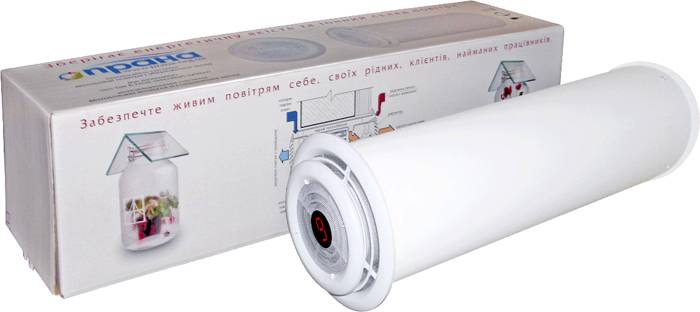
Factory models of household recuperators should be selected taking into account their ease of use and energy efficiency
It will not be difficult for a home craftsman to make the simplest plate exchanger with his own hands.



